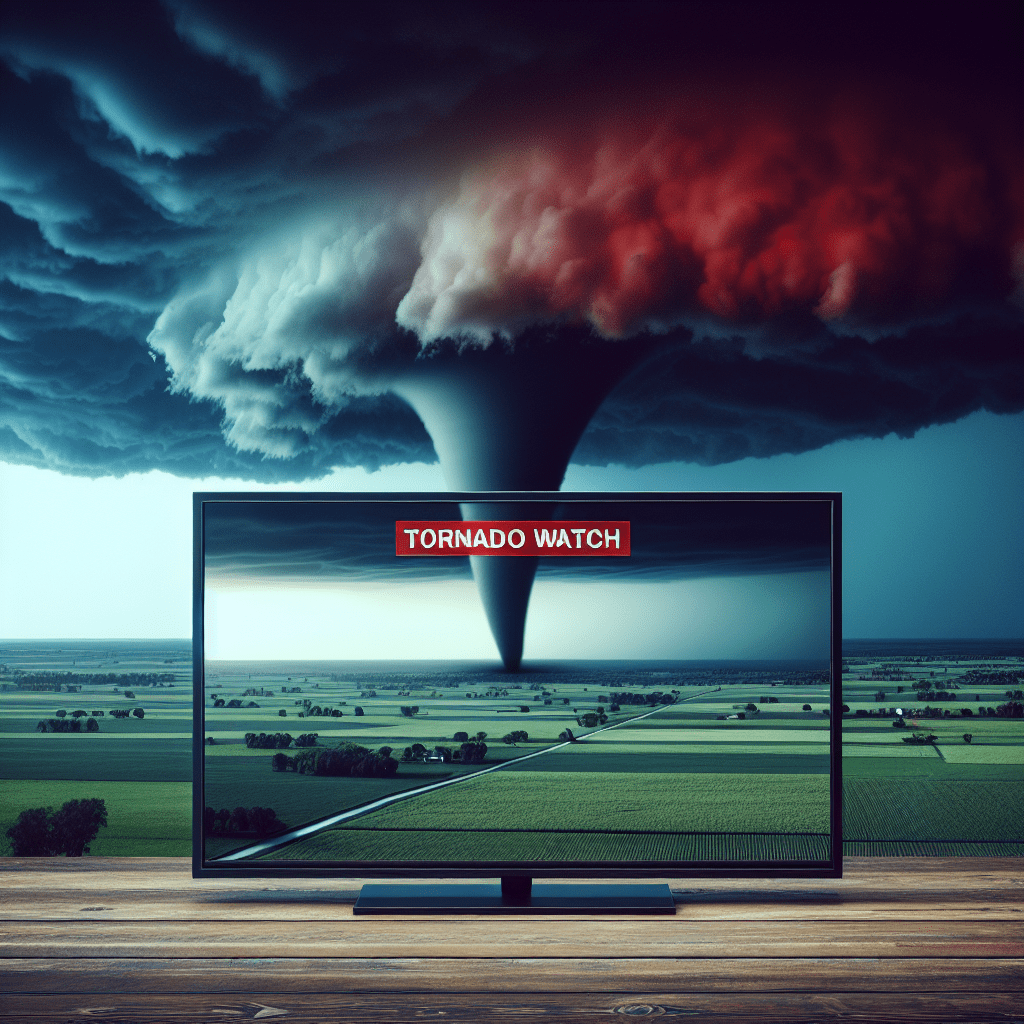Introduction to Tornado Watch
A tornado watch is an announcement issued by national weather forecasting agencies to inform the public about the possibility of tornadoes developing in specific areas. This alert system is one of the most crucial mechanisms in place to ensure public safety during severe weather conditions. A tornado watch does not mean that a tornado has been seen or that one will occur, rather it signifies that the conditions are favorable for tornado formation.
Origin and History of Tornado Watch
The tornado watch system originated in the United States and was developed by the National Weather Service (NWS), a part of the National Oceanic and Atmospheric Administration (NOAA). The creation of the watch system came into existence because of the need for a structured warning mechanism to protect people from the devastating effects of tornadoes. Over the years, the process has been integrated with various technological advancements to provide accurate and real-time updates to the public.
How Tornado Watches Work
A tornado watch is issued when weather conditions are conducive for the development of severe thunderstorms that are capable of producing tornadoes. Once meteorologists from the Storm Prediction Center (SPC), a branch of the NWS, observe these conditions, they broadcast a tornado watch for the potentially affected areas.
The watch includes specific geographic areas and covers a specified duration, often several hours. However, it should be noted that a watch does not guarantee tornado development. It should be perceived as an alert for people to stay vigilant and prepared.
Alert System and Broadcasting of a Tornado Watch
To broadcast a tornado watch, authorities use a variety of platforms; television, radio, internet, SMS, and apps are the primary means of communication. The Emergency Alert System (EAS) is also activated to ensure the widespread delivery of the warning.
Digital billboards and NOAA weather radios are also employed to disseminate the tornado watch. Moreover, several tech companies have developed smartphone apps to notify users about any impending severe weather event, including tornado watches and warnings.
Public Response to Tornado Watches
For people residing in areas susceptible to tornadoes, tornado watches should not create panic, but rather incite a sense of alertness. Residents should closely monitor weather reports and be prepared to seek shelter if conditions worsen.
It’s recommended to have a safety plan in place before a tornado watch is issued. This includes identifying a safe place in your home or community, packing an emergency kit, and knowing the community’s warning system and evacuation routes.
Notes
Image Description
The image depicts a wide landscape with dark, swirling clouds gathering in the distant sky. A tornado will likely form in the distance. The television screen, in the foreground, displays a vibrant red tornado watch alert, indicating the urgent situation. The contrast between the peaceful surroundings and the imminent danger from the skies portrays the unpredictable nature of tornadoes and the vital importance of tornado watches.
